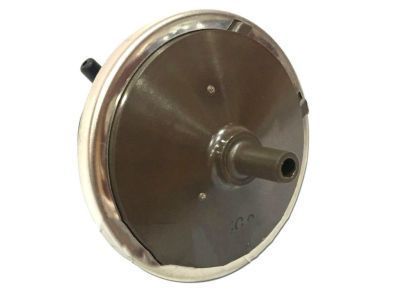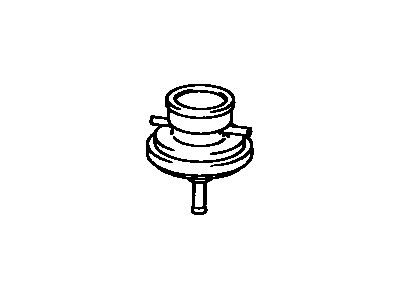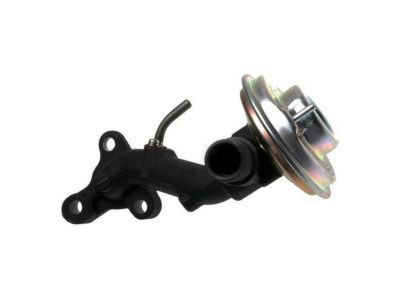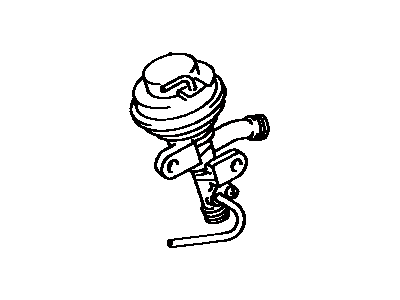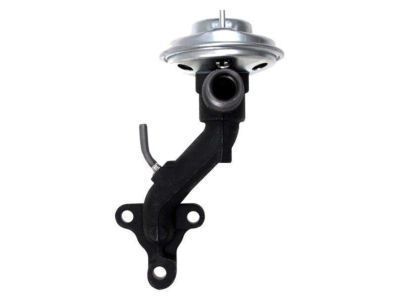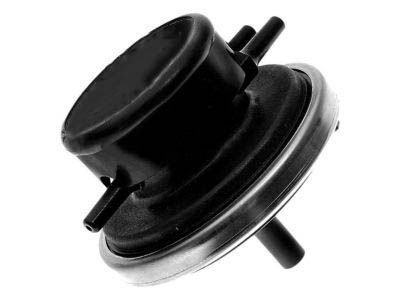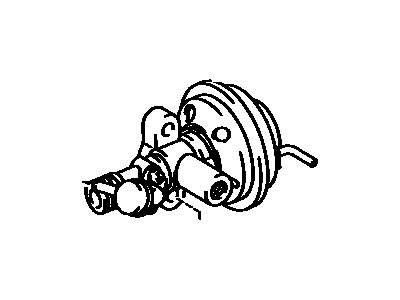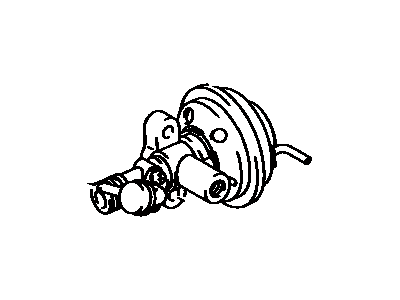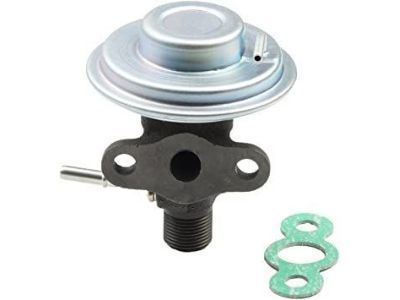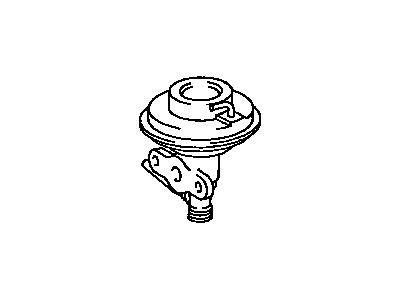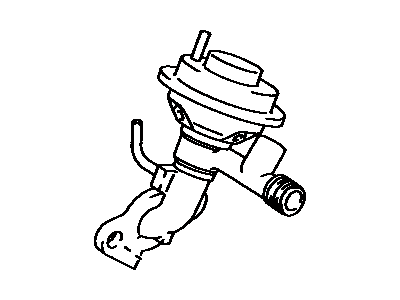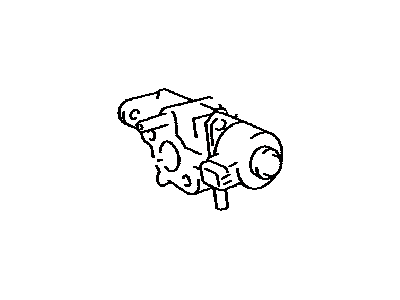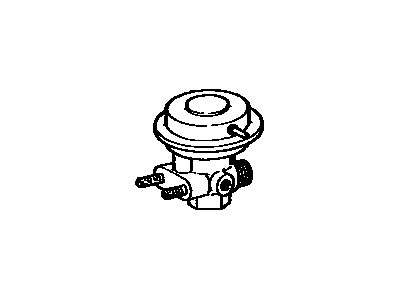

My Garage
My Account
Cart
Genuine Toyota Celica EGR Valve
Emissions EGR Valve- Select Vehicle by Model
- Select Vehicle by VIN
Select Vehicle by Model
orMake
Model
Year
Select Vehicle by VIN
For the most accurate results, select vehicle by your VIN (Vehicle Identification Number).
76 EGR Valves found
Toyota Celica Modulator Assy, EGR Vacuum
Part Number: 25870-74090$90.49 MSRP: $127.56You Save: $37.07 (30%)Ships in 1-2 Business DaysToyota Celica EGR Valve Assembly
Part Number: 25620-35100$252.64 MSRP: $362.26You Save: $109.62 (31%)Ships in 1-3 Business DaysToyota Celica EGR Valve Assembly
Part Number: 25620-35130$250.32 MSRP: $358.93You Save: $108.61 (31%)Ships in 1 Business DayToyota Celica Modulator Assy, EGR Vacuum
Part Number: 25870-16240$98.22 MSRP: $138.46You Save: $40.24 (30%)Ships in 1 Business DayToyota Celica Valve Assy, EGR
Part Number: 25620-74200$182.34 MSRP: $261.46You Save: $79.12 (31%)Ships in 1-3 Business DaysToyota Celica Valve Assy, EGR
Part Number: 25620-74191$184.30 MSRP: $264.28You Save: $79.98 (31%)Ships in 1-3 Business DaysToyota Celica Valve Assy, EGR
Part Number: 25620-74190$184.30 MSRP: $264.28You Save: $79.98 (31%)Ships in 1-3 Business DaysToyota Celica Valve Assy, EGR
Part Number: 25620-74211$186.15 MSRP: $266.92You Save: $80.77 (31%)Ships in 1-3 Business DaysToyota Celica Modulator Assy, EGR Vacuum
Part Number: 25870-74100$90.49 MSRP: $127.56You Save: $37.07 (30%)Ships in 1 Business DayToyota Celica Valve Assy, EGR
Part Number: 25620-74170$169.32 MSRP: $240.72You Save: $71.40 (30%)Ships in 1-3 Business Days
| Page 1 of 4 |Next >
1-20 of 76 Results
Toyota Celica EGR Valve
If you are in demand for superior quality and affordable OEM Toyota Celica EGR Valve, then shop with us! We own a wide range of the reduced-priced genuine Toyota Celica EGR Valve. You can purchase in confidence as all parts come with a manufacturer's warranty. Any issues with our products? No need to worry as we have a hassle-free return policy to guide you every step of the way.
Toyota Celica EGR Valve Parts Questions & Experts Answers
- Q: How to Diagnose and Replace EGA System and EGR Valve to Reduce Nitrogen Oxide Emissions on Toyota Celica?A:To reduce oxides of nitrogen emissions, some exhaust gases are recirculated through the EGA valve to the intake manifold, lowering combustion temperatures. The EGA system includes the EGA valve, EGA modulator (in some models), vacuum switching valve, Electronic Control Module (ECM), and various sensors, with the ECM programmed to produce the ideal EGA valve lift for each operating condition. To check the EGR valve, start the engine and let it idle, then detach the vacuum hose from the EGA valve and attach a hand vacuum pump. Apply vacuum to the EGA valve; it should remain steady while the engine runs poorly. If the vacuum is unstable or the engine runs normally, replace the EGA valve and recheck. If the vacuum is steady but the engine runs normally, remove the EGA valve to check for blockages in the valve and intake manifold, cleaning or replacing parts as necessary. For the EGR vacuum modulator valve, remove the valve, pull off the cover, and check the filters, cleaning them with compressed air before reinstalling. Further checks of the EGA systems require special tools and should be performed at a dealer service department. For component replacement, detach the vacuum hose, disconnect the threaded fitting from the EGA valve, remove the mounting bolts, and take out the EGA valve to check for sticking or carbon deposits, cleaning or replacing it as needed. Installation follows the reverse order of removal, and for the EGR vacuum modulator, label and disconnect the vacuum hoses before detaching the modulator from its bracket, with installation also being the reverse of removal.
Related Toyota Celica Parts
Browse by Year
1999 EGR Valve 1998 EGR Valve 1997 EGR Valve 1996 EGR Valve 1995 EGR Valve 1994 EGR Valve 1993 EGR Valve 1992 EGR Valve 1991 EGR Valve 1990 EGR Valve 1989 EGR Valve 1988 EGR Valve 1987 EGR Valve 1986 EGR Valve 1985 EGR Valve 1984 EGR Valve 1983 EGR Valve 1982 EGR Valve 1981 EGR Valve 1980 EGR Valve 1979 EGR Valve 1978 EGR Valve
